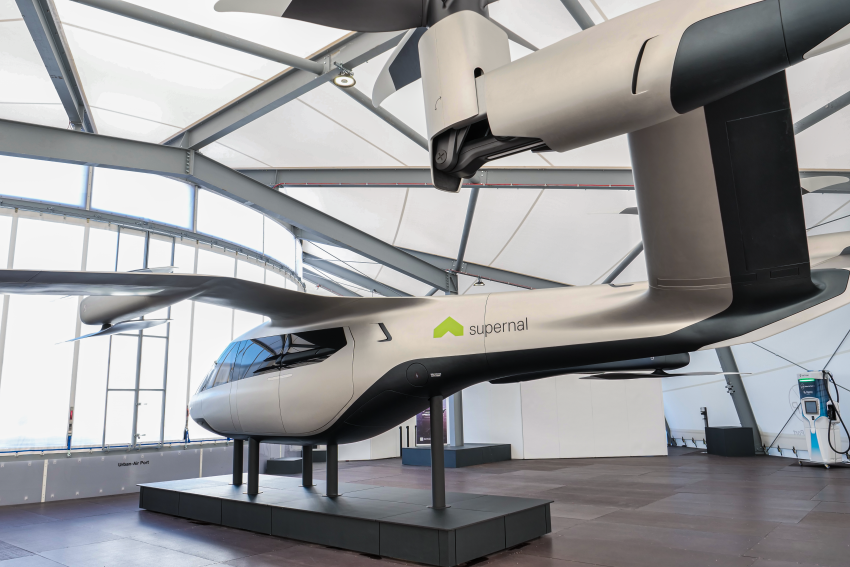So much has been written in recent years of the advent of airborne personal travel and the seemingly unlimited potential of these new flying machines, be they piloted or autonomous. Delivering everything from medical first responders to a remote accident site on a mountain in Switzerland, to fare-paying passengers using unmanned aerial vehicles as a seamless part of a trip from Dubai to Abu Dhabi, the dreams of drones and their application in society are myriad.
These new vehicles, many still in test phases, are appearing in many shapes and sizes, all powered by a range of existing fuels: they are centering predominantly around electric power, a mature and understood source of energy that can be adapted into our world’s infrastructure with relative ease and which comes with green and renewable credentials. The vehicles are beginning to look and feel like they could appear on any street corner and fit right in to our society, that is, if you’re paying attention. It’s easy for the industry to get excited about the technological possibilities, and rightly so, but it still seems that society at large remains largely at arm’s length from the practicalities and realities of their widespread introduction, the potential users and use-cases.
As an industry, surely it is time to get the conversation reinvigorated. But, inevitably, there remain significant hurdles and questions to be addressed by the general public, by regulators and legislators and by businesses of every type around how our society will be affected by issues such as:
- The safety and security of aerial vehicles flying above and around people and infrastructure. This includes drones arriving and departing from populated environments, especially if operating autonomously and beyond visual line of sight and whether they are transporting passengers.
- Public acceptance and integration into society. This includes noise pollution and visual intrusion due to scaled up drone operations that are carrying out tasks in urban environments.
- Transparency over what the drone is doing and to whom it belongs will be ever more important. Privacy of any personal data being collected and processed will be highly contentious, as well as ownership of data gathered and how it will be used.
- Border crossing and assigning responsibility. This includes trans-national issues around drones crossing borders, but also crossing into national parks, international waters, or over private property.
These are important questions that need more attention and we, the aviation industry, are well-placed to address them. Public perception matters and, as airports and airlines know only too well, growth and expansion of operations come at a significant price, both financial and reputational. Yet, the positive integration of drones in our daily lives should also enrich society, increasing connectivity and wellbeing. The adoption and integration of smartphones into so many aspects of peoples’ lives and how they are used to conduct personal and business lives has been remarkable in such a short period of time…will the same be said for drones?
Tackling the challenges of how drones are to be meaningfully used will undoubtedly be a national debate for every country in order to pave the way for their widespread use, but we must not underestimate the challenge of the public. Human and machine interactions are a complex reality and need to be carefully considered. The public is not just meekly standing by, rather, we ought to be ensuring that they are positively engaged and involved: otherwise these new aerial vehicles will be doomed to remain the purview of movie-makers’ futuristic visions, but nothing more.
* Title image courtesy of Urban AirPort

